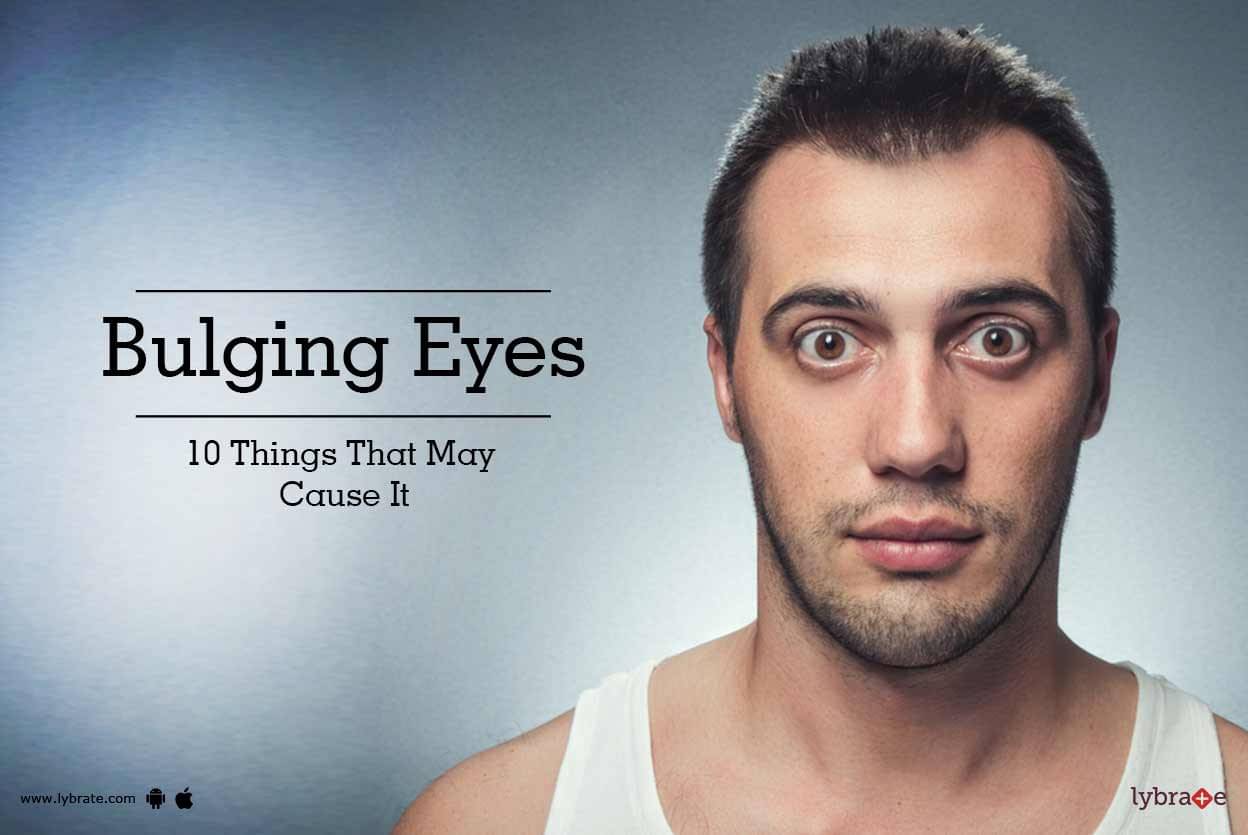

A single bulging eye is considered more dangerous, particularly if it happens to children. Exophthalmos can happen to one eye or both of them. Sometimes, the eye might bulge up, down, or to one side, but usually the movement is forward from the back of the eye socket. You might also hear it called proptosis.Įither way, it means the eyes have moved away from their normal position. Defining exophthalmosĮxophthalmos (pronunciation: eks-ahf-THAL-muhs) comes from the Greek word for “the eye” (“ophthalmos”) and the prefix “ex” (“out of” or “away from”). Let’s walk through the basics of bulging eyes. Whatever the issue is, your doctor needs to figure it out. It might be the result of an infection or an injury. It can be a clue to serious problems like tumors or leukemia. It’s a symptom of changes in the body affecting the size of the eye sockets. Keep in mind that exophthalmos is neither a condition nor a disease. The most likely explanation is trouble in your thyroid gland, but many other things could be happening. If anything moves an eye out of its natural position, something is definitely wrong. Your eye sockets are lined with muscles, nerves, tissues and fat cells designed to keep your eyes where they belong. If the white of your eyes is visible above the iris (the colored part), that’s a good sign that your eyeballs are starting to bulge. It usually occurs when the tissues in the eye socket swell and push the eyeball forward. Exophthalmos is the medical term for bulging eyes.


 0 kommentar(er)
0 kommentar(er)
